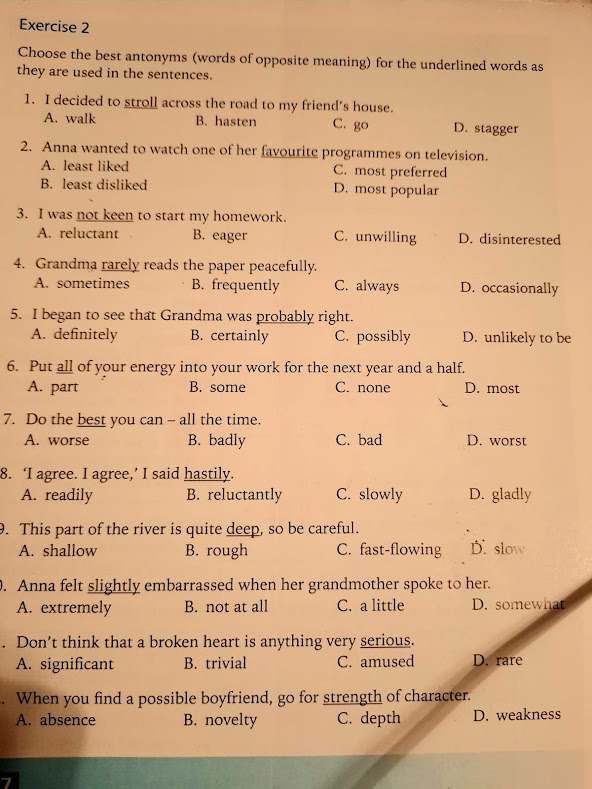Summary Writing
Begin by making 5 points which tell what the passage is about. They should include: Who, When, Why, Where, How
Tattoos
Since the beginning of civilization, they have served as marks of identification, spiritual
protection and decoration. Now at the cusp of another millennium, tattoos and other varieties of body
markings are resurfacing as a popular form of individual self-expression.
Tattoos are timeless and can be as unique as the bearers they adorn. They don't fade away like
favourite T-shirts, or get lost or broken like school rings. They stay with you forever, until death. They
become a part of you from the day you sit in the artist's chair, etching your emotions alongside the
needle's sting, transforming an instant of your life into a symbol for the world to see.
Tattoos and other body markings arrived in the Caribbean with African slaves and indentured
workers from China and India. They were sometimes the only permanent keepsakes of peoples snatched
from their ancestral places. The Caribbean's original Amerindian inhabitants also used tattoos to mark
spiritual milestones. The Taino of the Northern Caribbean Islands, for instance, used vegetable dyes to
affix images of their guardians onto their skin. These images also indicated an individual's lineage, or
his or her social position. Each tattoo was both a personal history book and a mark of belonging.
Over the centuries, however, tattoos and other forms of bodily adornment have mutated,
exchanging religious and cultural significance for individualist associations. Sometimes that mark of
individuality has been confused with rebellion and non-conformity, often alluding to a stain of bad
character. Tattoo-wearers have seemed wild, dangerous, even just plain bad.
But today, tattoos have come full circle. Celebrities, writers, lawyers, housewives, all proudly
display their marks of rebellion. An entirely new perception of the art of tattooing has arisen, which is
more than just a preoccupation with style. This rediscovered form of expression has spawned an entire
subculture of individuals among us. They carry this common bond of distinction through their daily
routines. Via the images on their forearms, shoulders, ankles, or torsos, they connect to each other,
announcing to the world that it is OK to be unique and different.
Adapted from "Pictures made flesh".
Caribbean Beat, July/August 2003.
Total 25 marks
https://csecenglishmadeeasy.com/2016/07/2016-07-summary-tattoos-model-answer-html/




Comments
Post a Comment